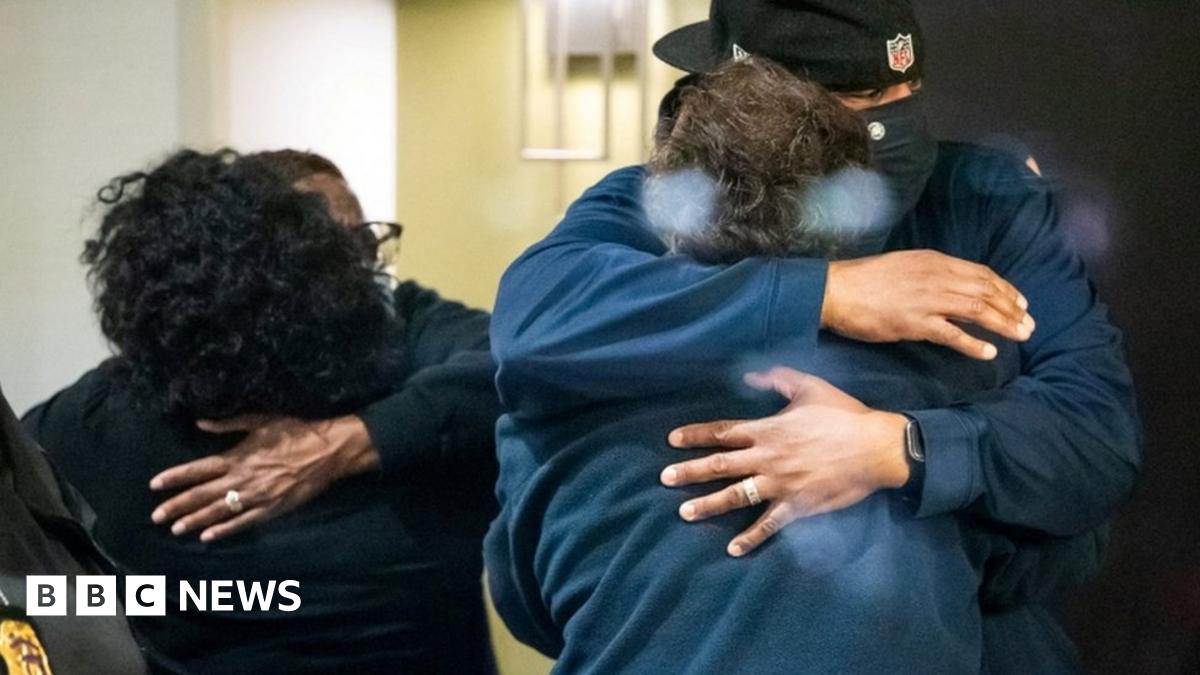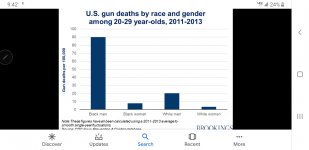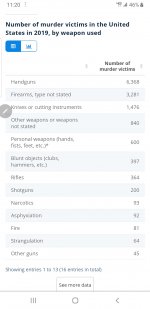Cites for your former please.
You have to look up civilian gun ownership by country, by year. And murders or intentional homicides by country, by year. Both of these datasets are available freely from unbiased sources on the internet.
You have to make matched data now, combining the countries and the murders and the guns, in one dataset of matched data. Use the same year for all the data if you can, and if you can't pick something reasonable, including inspecting the annual data in both cases, and judging where the best figure might be, based on trendlines of each country's data, then exclude it from the analysis. Out of about 200 sovereign countries in the world, you should easily be able to have 150 countries' data in your dataset after removing missing or unreasonable data.
(The only countries you might have trouble with are relatively insignificant on the global stage. Very small population countries whose data wouldn't sway the analysis much anyway, sometimes are missing one of the figures, either we know how many murders but not the number of guns, or the other way around, but in any case, it doesn't carry much weight in the analysis anyway due to its population size.)
Since "gun ownership rate" and "murder rate" are just gun ownership and murders divided by population, there's no need to use rates when doing the regression. Just plotting the data of guns vs. murders with a scatterplot chart, and inserting a trendline, will show you that the coefficient of the line's formula is slightly negative. That is, the more the guns owned by civilians, the lower the murders, that's just a fact, a mathematical fact.
I understand that this might sound far-fetched, but the data and the very basic statistics I'm running on these data, don't lie: The relationship between all the guns in the world (the United States having around 400 million guns, or 1.2 per American), and basically nothing (Taiwan, Japan, for example have very few, more like 0.01 rather than the USA's 1.20) being in civilian hands, with murder rate, is nil.
One possible interpretation of these data and their statistics is that murderers don't care how many guns you have, based on whatever calculus that murderers use to decide to murder. If you have a lot of guns, or no guns, they're still going to go ahead and attempt to commit murder on you, and sometimes, they'll succeed at that attempted murder.
I've been under threat before yes. Certainly wouldn't have wanted to shoot the folk involved.
Well that's completely irrelevant, what's relevant is somebody else being under the same threat as you were under, and what you would be willing to restrict their having in the way of weaponry at that moment that could constitute a bearable arm, when their life or limb is in the same danger that your life or limbs were in.
Anyone who is OK restricting a murder victim from having a weapon that would have saved their life by disabling the attempted murderer successfully (viz., such that he is not longer a threat), is a party to immorality, in the same way that anybody who doesn't condemn child rape is part of the problem, even if they themselves don't commit child rape.



